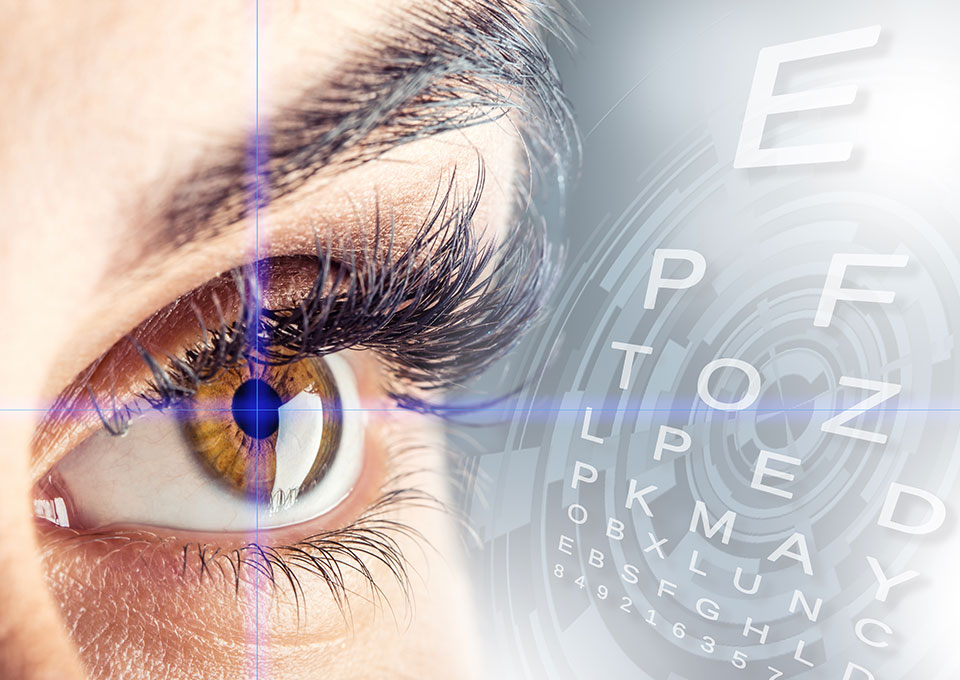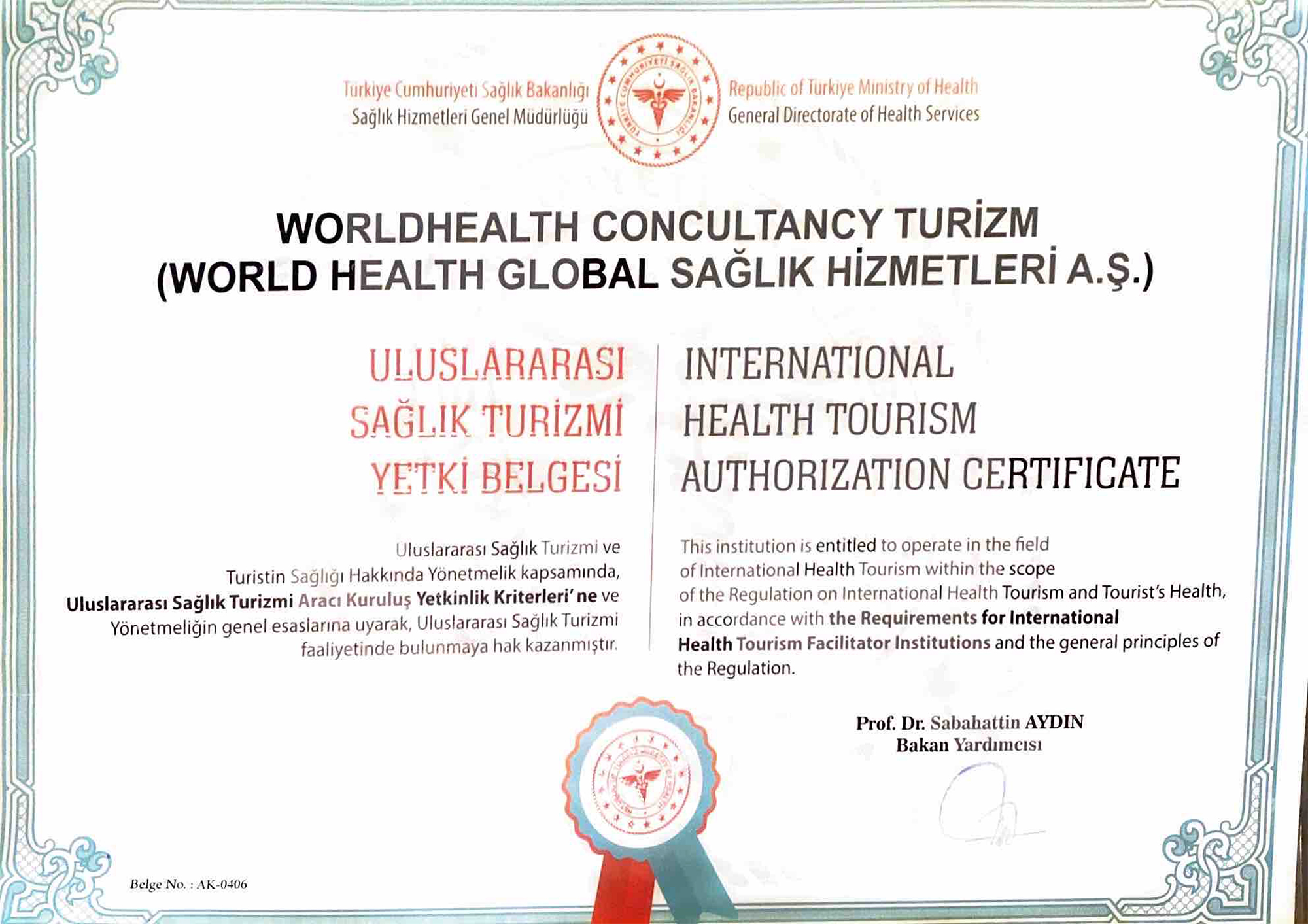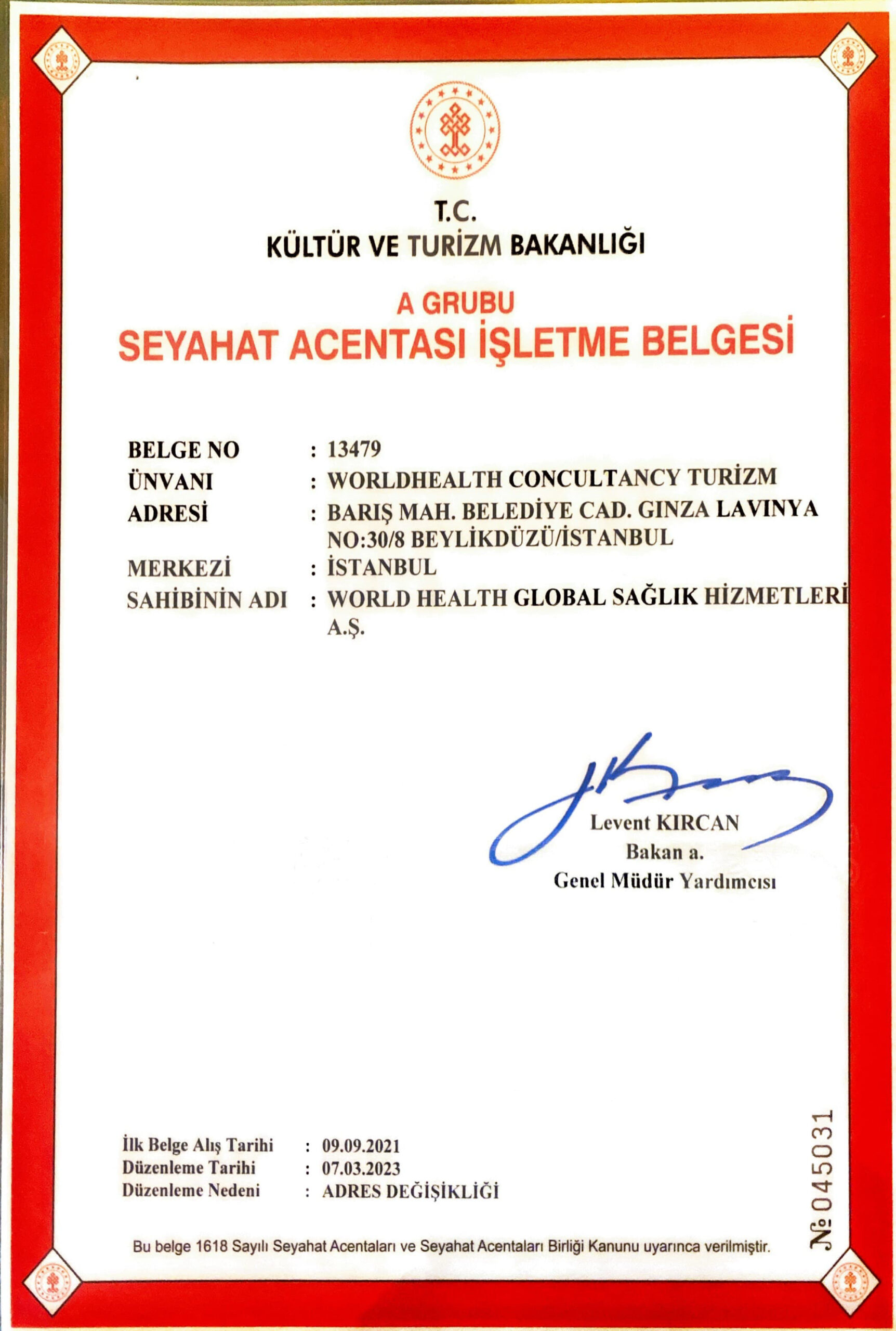Ophthalmology Treatments
Ophthalmology encompasses a variety of treatment methods, addressing numerous eye conditions and providing comprehensive care. These treatments include corneal and ocular surface care, retinal care, strabismus & pediatric ophthalmology, vitreoretinal surgery, cataract & refractive surgery, ocular traumatology and medicolegal ophthalmology, glaucoma, neuro-ophthalmology, and ocular infections. Each of these specialized treatments offers effective solutions to various eye problems.
Strabismus & Pediatric Ophthalmology
While cataracts, glaucoma, and many retinal diseases are commonly seen in adults, they can also manifest at birth or in early childhood. Premature infants are particularly prone to severe early-onset retinal diseases. Additionally, many genetic eye diseases become apparent in childhood. Pediatric ophthalmology is crucial for monitoring children’s visual development, treating strabismus, and correcting refractive errors. Early treatment of amblyopia (lazy eye) is vital to prevent long-term vision problems.
Corneal and Ocular Surface
Corneal units in healthcare centers diagnose and treat diseases affecting the front surface of the eye. Techniques such as anterior segment photography, corneal topography, meibography, in vivo confocal microscopy, and anterior segment optical coherence tomography (OCT) enable precise diagnosis of corneal conditions. Treatments include limbal stem cell transplantation and corneal transplantation to restore vision and eye health.
Retina
The retina, a thin layer at the back of the eye, can detach from the eye wall due to tears or holes, leading to vision loss. Prompt treatment of retinal tears is essential to prevent severe complications. Retinal care focuses on early diagnosis and intervention to preserve vision.
Vitreoretinal Surgery
Known as retinal surgery, this procedure involves removing the gel-like substance in the back of the eye and surgically addressing retinal issues. It is essential for treating conditions such as retinal detachment and macular holes.
Cataract & Refractive Surgery
Cataracts, characterized by the loss of lens transparency, are often age-related. Cataract surgery involves a small incision to remove the cloudy lens and replace it with a clear artificial lens, restoring vision. Refractive surgery corrects vision problems like nearsightedness, farsightedness, and astigmatism.
Ocular Traumatology and Medicolegal Ophthalmology
This field deals with eye injuries resulting from facial trauma. It addresses injuries affecting the eye and its surrounding structures due to head and facial trauma, ensuring comprehensive care and recovery.
Glaucoma
Glaucoma, also known as ocular hypertension or “the silent thief of sight,” is characterized by increased intraocular pressure damaging the optic nerve. While it cannot be fully cured, treatment aims to manage the condition and minimize further damage.
Neuro-Ophthalmology
Neuro-ophthalmology addresses vision problems related to the nervous system. It focuses on conditions where eye issues cause severe headaches and other neurological symptoms. This field deals with diseases that overlap between the eyes and the nervous system.
Ocular Infections
Ocular infections manifest as swelling and redness in the inner eyelid or the white part of the eye. Proper diagnosis and treatment are essential to manage these infections effectively and prevent complications.






 WHATSAPP
WHATSAPP